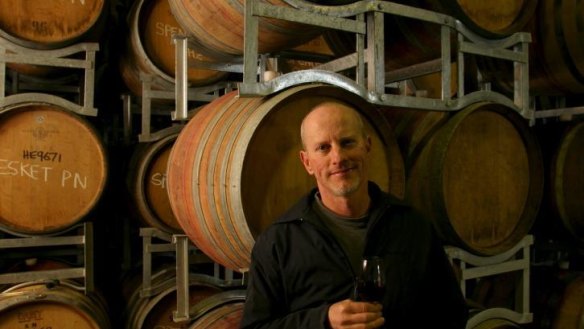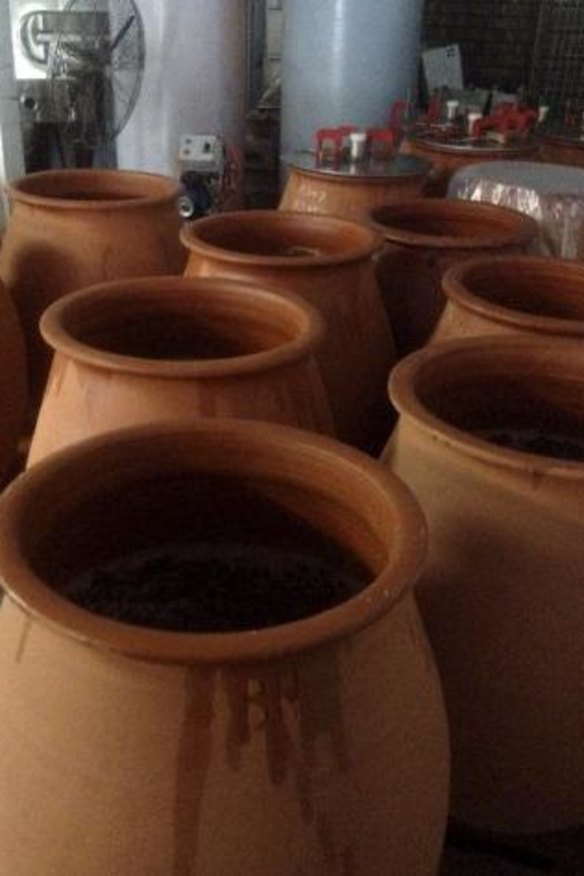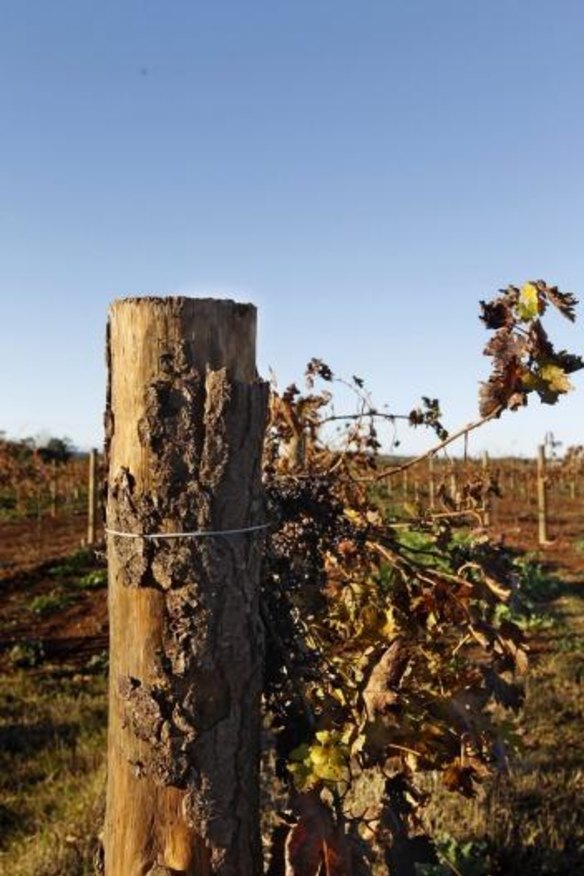What we're drinking: Alcohol trends of 2015

Gin's stocks are rising, beer is waning and shiraz and sauvignon blanc are stronger than ever. Huon Hooke casts an eye over the year's drink trends.
The big news this year is that we are drinking less alcohol overall. At the same time we're drinking more wine but less beer, according to the Australia Bureau of Statistics. On the white spirit scene, gin is rising, vodka is steady and white rum is falling, according to Roy Morgan research. Anecdotal evidence says malt whisky sales are up and brandy is down. Craft beer continues to boom – just check the fridges at your nearest bottle shop.
We can see some of these trends echoed in wine regions such as Margaret River, the Yarra Valley and even the Swan Valley: boutique breweries have followed the wineries, and micro-distilleries are following the breweries. One industry piggybacks on another, all driven by fickle fashion.

Other key booze trends are:
Variety – the spice of life
Most wine trends evolve slowly, so we don't expect to see huge changes from year to year. "Alternative" grape varieties have been on the rise for years, to the extent that varieties such as pinot gris and grigio are now considered mainstream.

You may think the cavalcade of alternative grapes would be having an impact on the statistics, but according to the Winemakers Federation of Australia vintage report 2014, 25 per cent of the grapes we grow are shiraz.
Still, the alternatives are out there, and people are buying them. Adventurous drinkers are adding nero d'avola, montepulciano, nebbiolo, barbera, tempranillo, gamay, aglianico and touriga to their diet, and loving it. In whites, they're interspersing chardonnay and sauvignon blanc with the odd bottle of fiano, vermentino, gruner veltliner, arneis, roussanne, savagnin, friulano and pinot blanc.
The savvy drinker
In shops and pubs, New Zealand sauvignon blanc is still king, despite ongoing predictions that the "savnami" is showing signs of abating. It can't be as profitable as it was, though, with brand-leaders such as Stoneleigh selling below $10 in supermarkets. Unhappily for Australian wineries trying to compete, sales of semillon-sauvignon blanc blends are falling.
Sauvignon blanc – mostly Kiwi – still accounts for almost half the white wine retail market, but some players are reporting healthier increases in sales of pinot grigio – off a much smaller base, admittedly. In red wine, pinot noir is still growing well (again, off a small base) but the big mover continues to be shiraz, which has captured more than 30 per cent of the red wine market. If you add shiraz blends, the total is nearly 40 per cent (source: A.C. Nielsen). The unhappy truth for lovers of diversity is that while alternative varieties are growing, shiraz and sauvignon blanc are growing faster.
Concrete 'eggs' and clay amphorae
It's bizarre how wineries, even those run by conservative winemakers, now have a cluster of clay amphorae or a nest of concrete eggs at the back of the shed. These are the trendy fermenting tanks of the moment. Never mind that only a fraction of the wine you taste is likely to have been stored or fermented in such a vessel, the winemaker is keen to tell you about it. Just how these containers affect the taste of wine is difficult to pinpoint. Winemaker Scott Ireland, of Austins & Co and Provenance in the Geelong region, reckons the concrete egg increases the "minerality" of his wine. But how does that minerality taste? A little like concrete, he says.
When I visited Scotchman's Hill, another Geelong winery, recently, it had the usual storage – a "tank farm" of stainless steel and a shed full of oak barrels – but the focus of the visitors' attention was a couple of new, relatively small clay fermenting jars. Every winery seems to be experimenting with them, but the jury is out onwhether they contribute anything useful.
Some winemakers, such as Peter Fraser of Yangarra Estate, assert that egg-shaped tanks create subtle currents inside the vessel, which mix and homogenise the wine, but how this is an advantage is not obvious.
With both terracotta and cement vessels, one sensible claim is that the material acts as a better insulator than steel, and thus moderates temperature changes. The same could be said for the underground concrete tanks of the distant past, but no one's suggesting we revive those.
Bunchy shiraz
In hipster lingo, "bunchy" means a whole-bunch fermented red wine. The technique of fermenting the whole bunches, stalks and all, is as old as the hills. In Australia, it was first employed with pinot noir and later with shiraz – especially in cool-climate regions, where it works best. The technique results in wines that taste more complex when young. But if the winemaker uses too high a proportion of stalks (up to 100 per cent is not unknown), the wine can smell and taste unattractively vegetal and sappy. Sensible winemakers employ a smaller proportion of whole bunches so their wines gain extra character without becoming parodies.
Skin in the game
Also fashionable is the technique of whole-berry fermentation of white grapes. While skin contact of crushed white grapes before fermentation has long been practised to heighten aroma, the fermenting of white juice with its skins, seeds and pulp is a relatively recent trend. You'll find the resulting "orange" or "amber" wines in the back-lane wine bars of Sydney and Melbourne and they are an acquired taste. They're often murky in the glass. At worst they smell and taste dirty; at best they tend to lack freshness and finesse. They are as much a fashion statement as a drink.
The upside is that smart winemakers are using both whole-bunch and whole-bunch fermentation in moderation to add another dimension to otherwise conventionally made wines, and this is a good thing.
You're more likely to encounter these would-be revolutionary wines in restaurants and bars than in bottle shops. They are part of a growing divide between the wines that are sold in shops versus restaurants. Example: in hip wine bars, you're unlikely to find a Marlborough sauvignon blanc, although bottle shops and pubs are bursting with them. You may find a sauvignon blanc, but it's likely to have been skins-fermented by tattooed sommeliers and wine bloggers in a suburban basement.
Such is the contemporary wine scene. It's all about reinvention.
